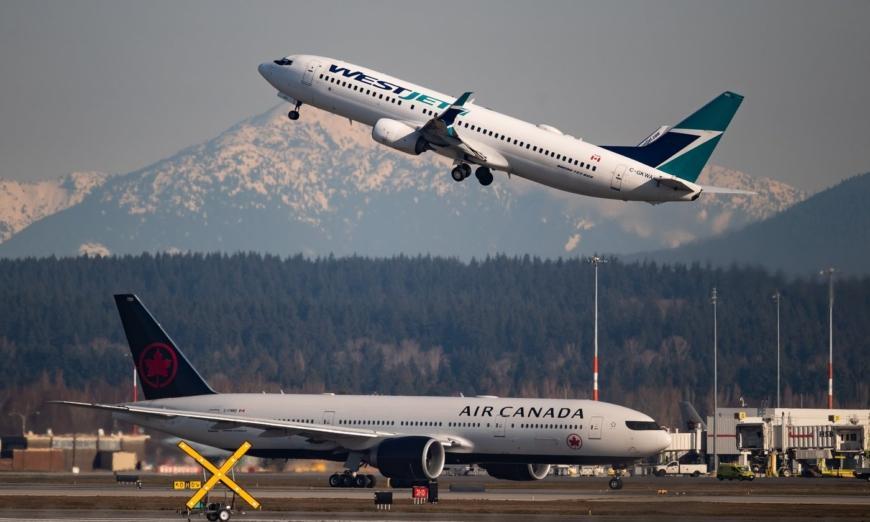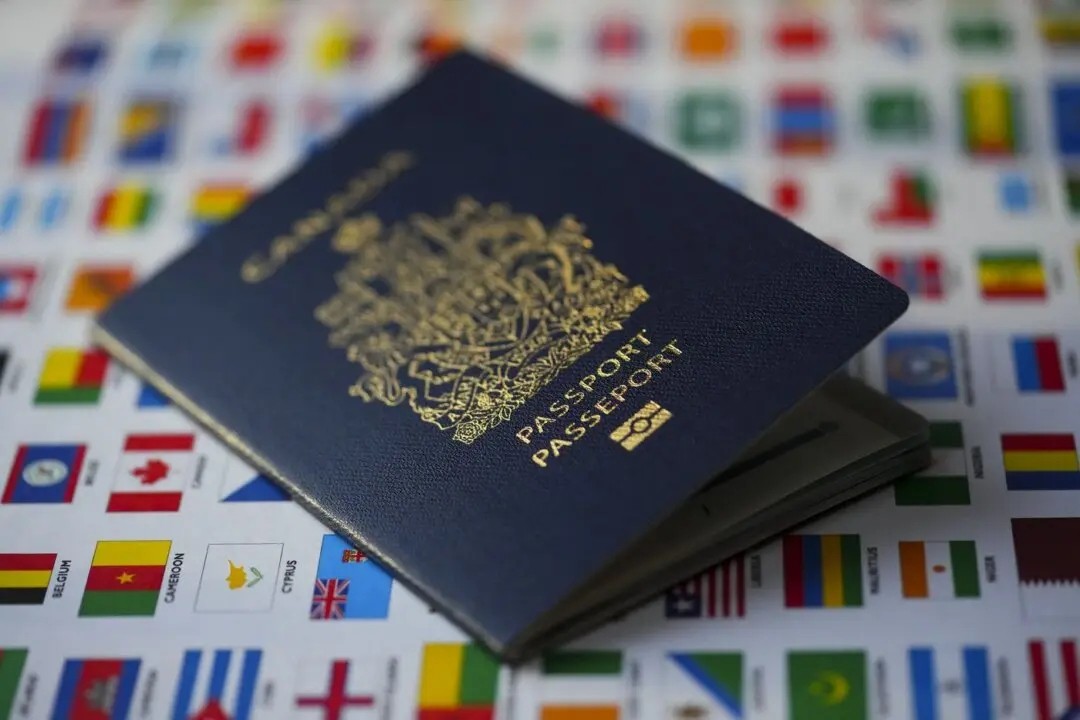Canada’s largest airline ranks last place when it comes to flight punctuality as almost half of its flights arrived late at destinations in July, according to aviation data company Cirium.
Overall, only 51 percent of Air Canada’s 36,017 flights were on time in July, statistics provided by Cirium on Aug. 10 show. The flag carrier is currently ranked in ninth place—tied with United States airline JetBlue Airways, which achieved only slightly better “on-time arrival” at 53 percent.





